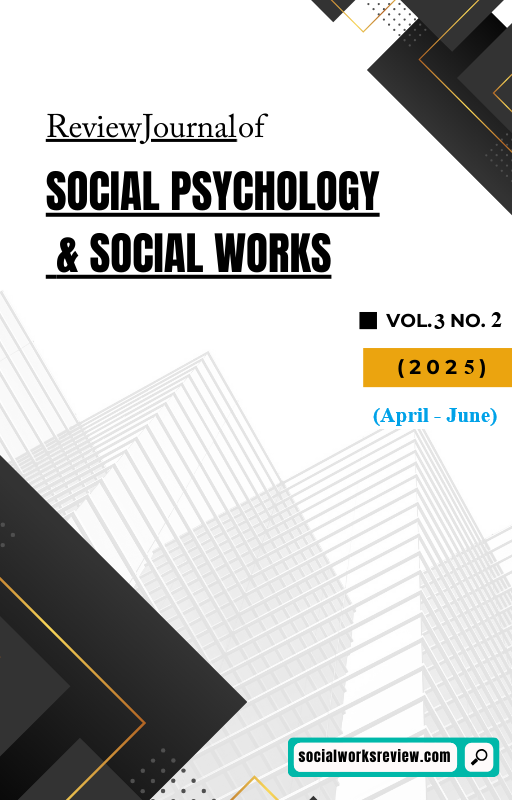Microfinance as a Catalyst for Poverty Reduction: Assessing Credit Access, Entrepreneurship, and Income Resilience in Marginalized Rural Economies
DOI:
https://doi.org/10.71145/rjsp.v3i2.193Keywords:
Credit Access, Entrepreneurship, Income Resilience, Microfinance, Poverty Reduction, Rural Development, Structural Equation ModelingAbstract
Regular financial systems do not work in marginalized rural areas to serve low-income populations which creates recurring poverty and economic risk for these populations. The establishment of microfinance serves as a central innovation that provides financial services to populations who normally lack banking access. This study examines how microfinance helps rural households achieve economic independence by providing credit services as well as starting businesses which boosts their income ability to withstand financial challenges. The research analyzes how microfinance influences business sustainability and economic shock resistance by collecting data from 400 southern Punjab microfinance participants in Pakistan through both regression analyses and structural equation modeling (SEM). The study demonstrates that ready access to credit leads to better entrepreneurial performance and financial stability however this effect becomes more significant through joint programs of financial skills lessons and social network support. Study findings demonstrate that microfinance activities achieve multiple outcomes because they support economic independence while building community resistance through business creation and financial security for economic crisis defense. The presented research contributes new knowledge about development by demonstrating how microfinance represents an effective tool for reducing poverty at scale. The research ends by proposing context-based policy approaches which aim to strengthen the sustainability along with long-term benefits of rural microfinance programs.





